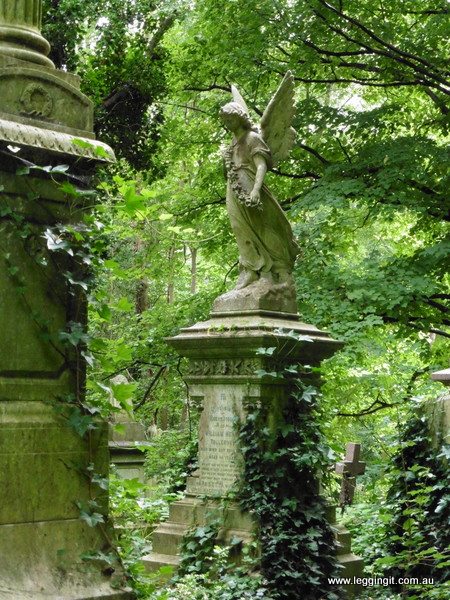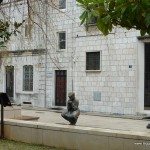We had read about Highgate Cemetery and how it was an excellent example of a Victorian cemetery so today we headed there for a tour.
Highgate West Cemetery
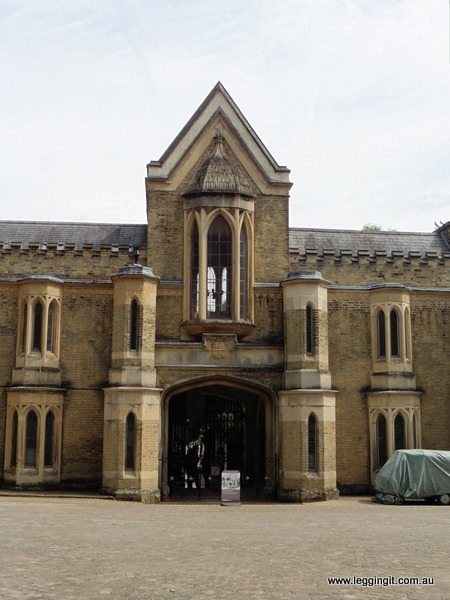
We met up at the chapel on the West section where we set out for our tour.
Highgate Cemetery dates back to the 1800’s when two smart entrepreneurs bought a parcel of land with the intention of creating London’s first private cemetery. Until then all of London’s cemetery’s had been normally next to the local churches. As they were reaching capacity they thought they’d seize on the opportunity to make a few pounds.
Situated high on a hill on the outskirts of London in Victorian times Highgate Cemetery also became a place for day trippers to pack a picnic and spend the day escaping the foul air of the inner city.
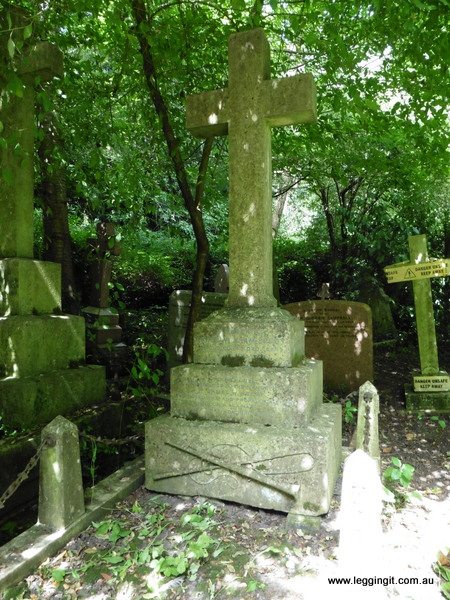
As we wandered through the cemetery our guide explained how in Victorian times many graves had symbols. Some of which they understood and some which they are unsure of. One which was quite fascinating was the three steps around the cross which represented faith, hope and charity. They were cornerstones of Victorian thinking.
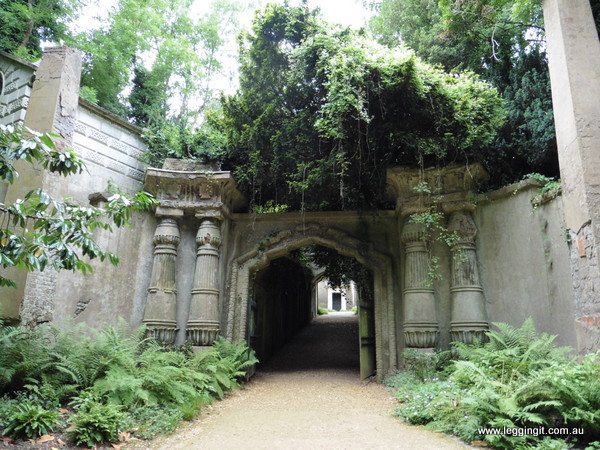
In the Victorian era people were fascinated by Egypt. It was exotic and fashionable which also transferred into burials. Near the top of the hill the cemetery developed an Egyptian Avenue. A pair of Egyptian style obelisks flank a gate inspired by ancient Egyptian architecture.
Egyptian Avenue was two rows of family tombs with huge metal doors facing each other. They had a few quirky additions such as upside down locks and a name plate with the family name, occupation and address.
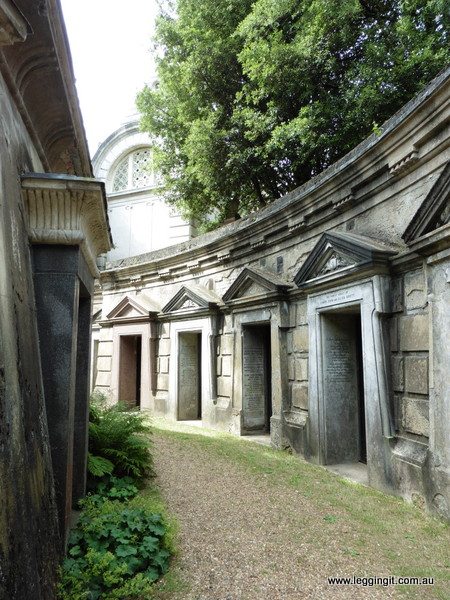
The Egyptian Avenue led to the Circle of Lebanon. Beneath a massive cedar a circular passage, like a moat, surrounded the tree. The passage was home to more family tombs. As we wandered through the passageway our guide told us tales of some of the dear departed.
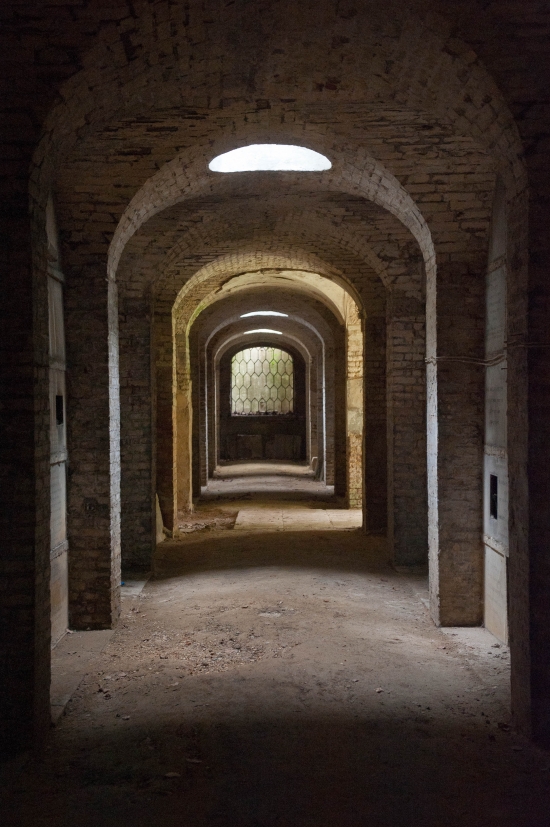
Further up the hill we entered into the terraced catacombs. Like a long tunnel with crypts on either side it was pretty creepy. With just a torch to light the way we explored the dim interior. A few of the crypts had lost their ends exposing the wooden coffins within. The crypts date from the 1800’s and are now closed, except for the guided tours.
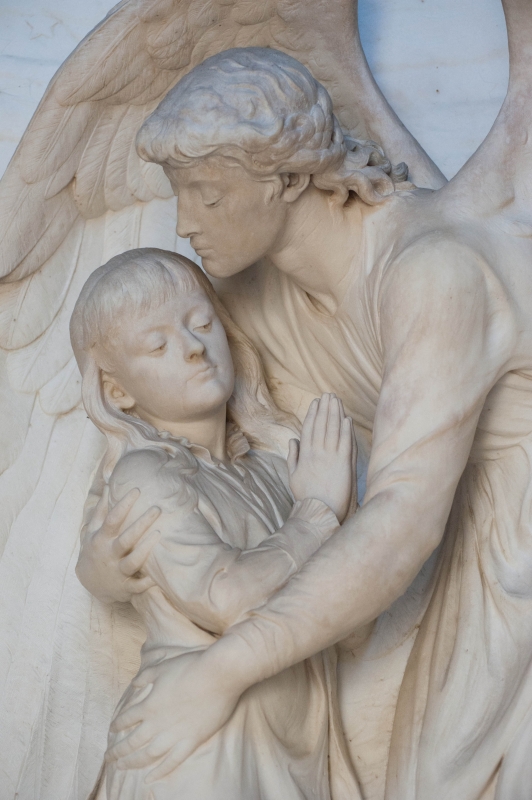
Opposite the catacombs is one of the cemeteries most famous mausoleums, built by Julius Beer. The mausoleum was built for his daughter and no expense was spared building the mausoleum based on the tomb of Mausoles. It’s where the word mausoleum originates from. We visited the ruins of the ancient tomb in Bodrum, Turkey earlier in the year.
Inside the mausoleum is decorated with frescoes. A statue of the daughter being lifted up by angels is one of the highlights of the mausoleum.
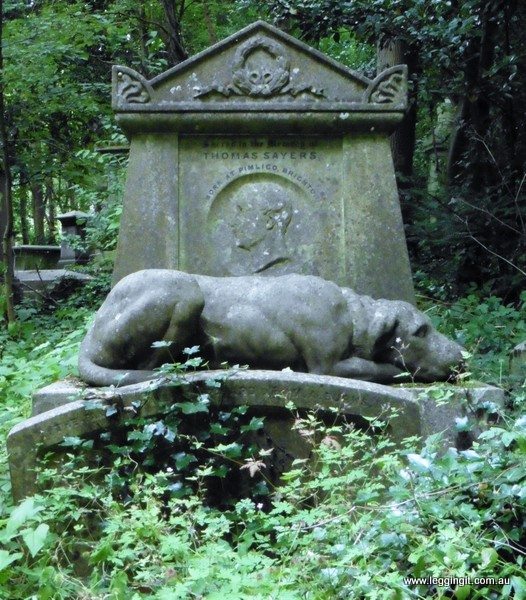
As we wound our way back down through the cemetery we stopped off at a few different tombs including one of London’s former sporting heroes. Tom Sayers was a bare knuckle fighter around the mid 1800’s. Legend has it that he fought 40 round fights and in his last fight broke his arm. He fought on and won the fight with just the one arm. When he died in 1865 his funeral attracted a crowd of 100,000 people. His mastiff named Lion was the chief mourner and on his grave a statue of the dog lies protecting it.
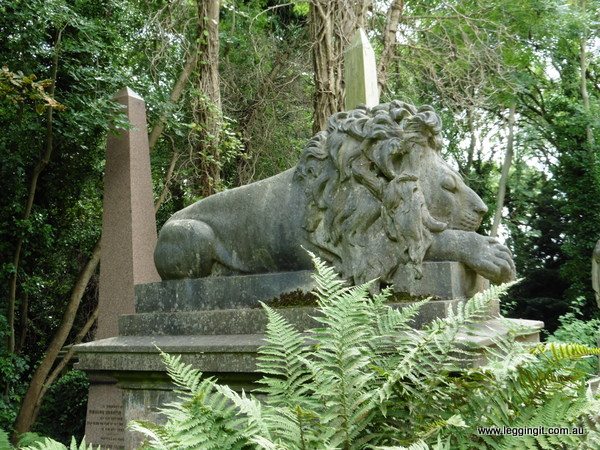
Another fascinating tomb was that of George Wombwell. On his tomb is a statue of his pet lion Nero, fast asleep. George Wombwell was an entrepreneur specialising in menageries which were popular during the 1800’s. He used to show his menagerie of animals attracting inquisitive crowds. One tale we heard was that after his elephant died his main competitor advertised that he had the only live elephant. Sharp as a tack George advertised that he had the only dead elephant which attracted all of the people eager to get up close to touch and poke the elephant.
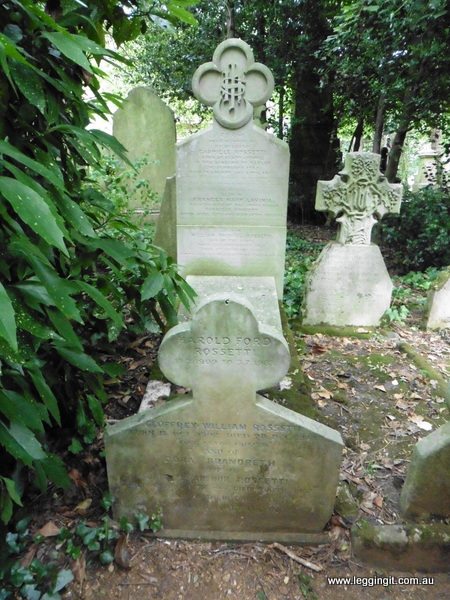
Another fascinating grave was that of Dante Gabriel Rossetti, well actually his wife Elizabeth Eleanor Rossetti. Dante Gabriel Rossetti was a poet and painter who met Elizabeth and was infatuated by her flaming red hair. She became his model for painting, they married but she suffered from depression and committed suicide. When she was buried Dante Gabriel Rossetti placed a manuscript of his unpublished poems in her hands. The manuscript didn’t stay buried with her because Dante Gabriel Rossetti had a little addiction. When he fell on hard times he had her dug back up, the manuscript recovered and the poems published. So much for true love
As we wandered brought the cemetery our guide pointed out lots of symbolism used on tombs and told us lots of stories of the different characters. Throughout the cemetery nature has been slowly reclaiming its territory and the cemetery has been left in a state of organised neglect. That basically means that the paths are kept clear, dangerous trees are trimmed and the rest is left happily overgrown.
Highgate East Cemetery
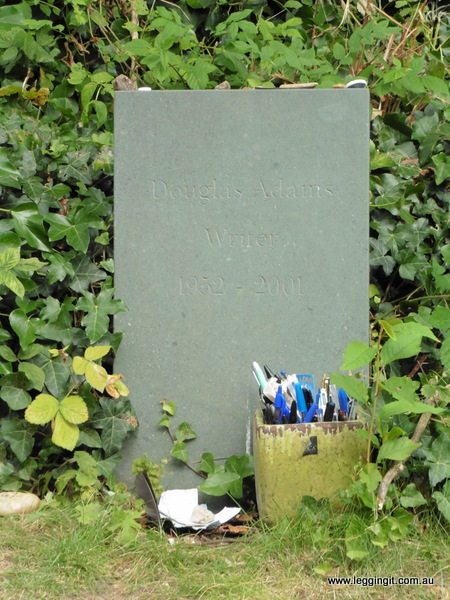
After our tour we headed to the west side of the cemetery where we picked up the map which shows all the famous tombs. One of the first graves we discovered was Douglas Adams, the author of Hitchhikers Guide to The Galaxy. Back in the late 70’s we used to listen to the radio play and read the series of Hitchhikers books. Then when the movie came out we were all suddenly critics. Douglas’ grave has a container full of pens left by fans so Michele’s sisterTori donated a pen to leave as a tribute.
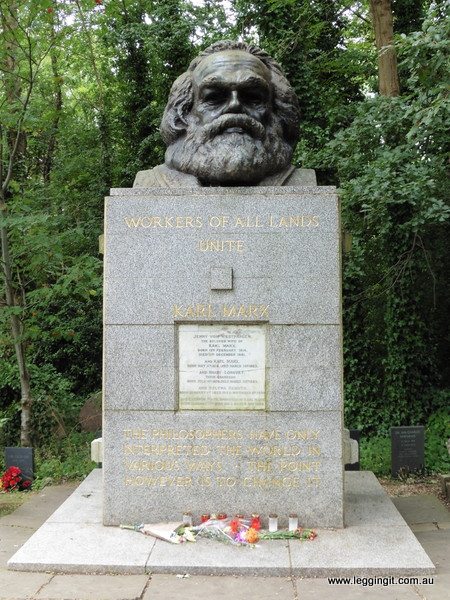
Further down we discovered the tomb and monument to Karl Marx. The monument had a huge bust of Karl Marx which seemed pretty popular with tourists. While his original stone was and is very humble t
The tomb of Bruce Reynolds, the mastermind of the famous Great Train Robbery proved he didn’t take his money with him.
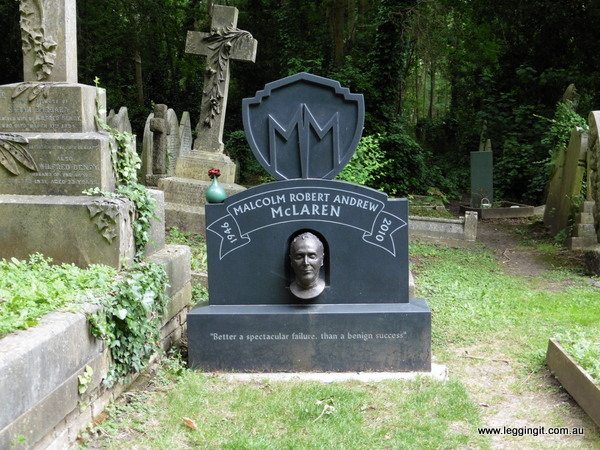
Another famous tomb we saw was that of Malcolm McLaren, the former manager of the Sex Pistols. It’s a bit of a shock seeing some of the names you’ve grown up with on headstones.
Sidney Nolan is also buried in the cemetery but try as I might I just couldn’t find his grave.
I also found two graves of Australian soldiers from the First World War. Sergeant Richard Ford and Private Frank Buck both survived the war. They never made it home however as they died after the war in 1919, like many others from Spanish flu.
Unlike the cemeteries on the battlefields the Commonwealth War Graves are not segregated within British cemeteries but spread throughout the graveyards. It something I don’t agree with. I believe that the CWG graves should all be together as brothers in arms.
The Highgate Cemetery really is an amazing place to visit I just wish we had more time to poke around.
Bookings for the tour of the Highgate West Cemetery can be made online here, tours cost £12 per person for the 70 minute tour and include entry into the Highgate East Cemetery.
Highgate East Cemetery open to the public for a £4 entry fee.
